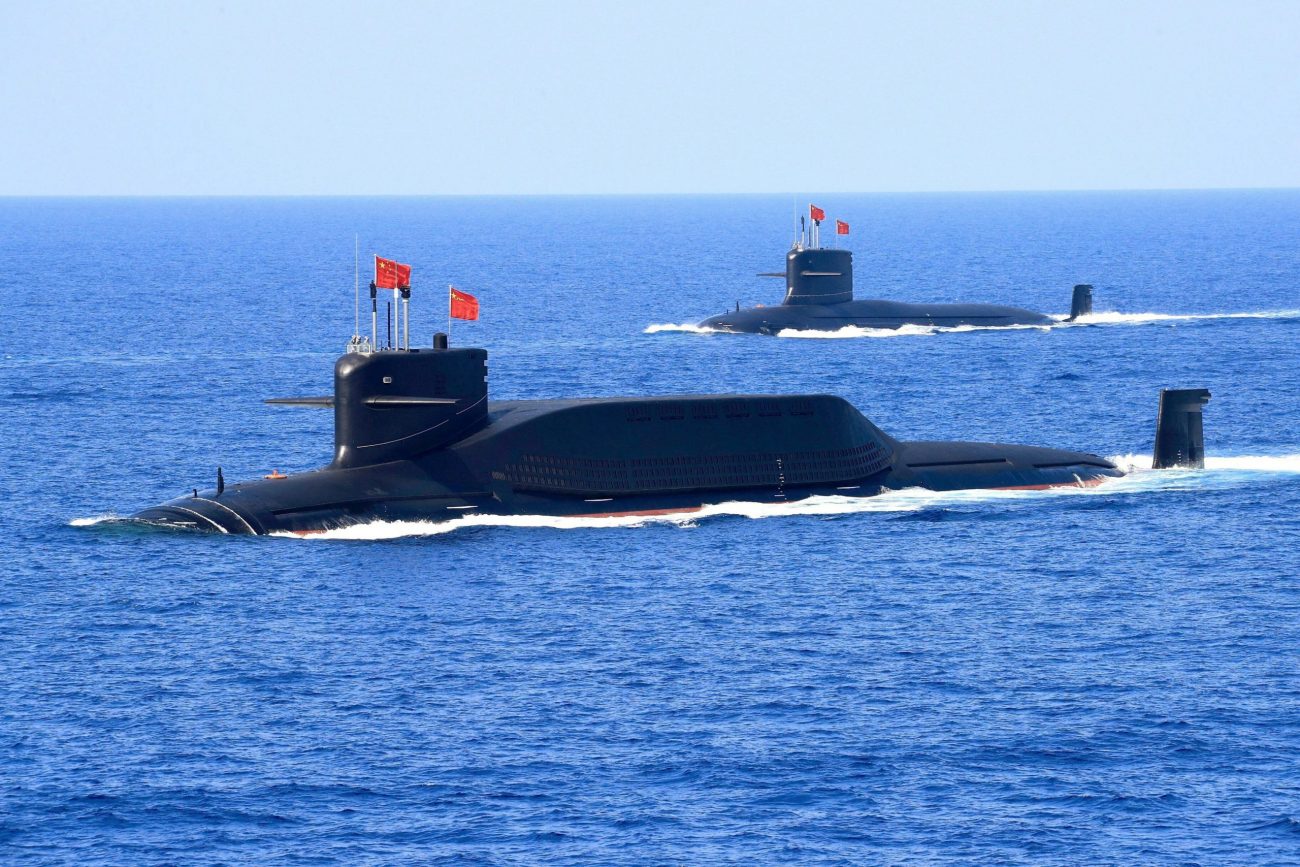Chinese state television aired footage on March 30, of day-and-night drills by the People’s Liberation Army (PLA) along the coasts of the East China and South China seas which according to Chinese defense analysts were in response to the increasing activity of the US Navy in the region.
A PLA Navy flotilla led by the Type 052D destroyer Zibo and Type 054A frigate Yang Zhou conducted a two-day live-fire exercise in the East China Sea in March, state broadcaster CCTV reported.
The exercises included underwater reconnaissance, air defense, and ship-to-ship strikes, CCTV said. The Chinese naval forces can be seen in the video clips bringing down incoming torpedoes and launching ship-to-air jamming bombs and anti-ship missiles to make precision strikes.
Chinese defense experts say that the PLA Navy and Air Force have enhanced military drills with a particular focus on hour between midnight and dawn because of the increased US reconnaissance and other military activities in the region.
Zhou Chenming, a researcher from the Yuan Wang military science and technology think tank in Beijing, said the new training schedules were in response to the activities of US aircraft and warships, which always took place between midnight and 2 am.

“The PLA now focuses on training in the East China and South China seas because the American aircraft always take off from their bases in South Korea and Japan, as well as the Philippines and other bases, to fly to China’s coastal areas for close-in reconnaissance,” he said.
“The Chinese military has come up with a series of countermeasures to deal with their American counterparts, as the US Navy keeps increasing so-called freedom of navigation operations.”
According to the Beijing-based South China Sea Strategic Situation Probing Initiative, the US conducted around 1,200 sorties of maritime patrol and reconnaissance aircraft for intelligence gathering missions in the South China Sea last year.
There was another day-and-night drill off the coast of Guangdong close to Hainan island, involving a Type 071 amphibious transport dock in which the Chinese Marines drove several ZBD-05 amphibious infantry fighting vehicles and ZTD-05 amphibious assault vehicles to land on the island at night, CCTV noted.
According to Lu Li-shih, a former instructor at Taiwan’s Naval Academy, the PLA Navy conducted about 100-night drills in the Yellow, East China and South China Seas which included 70 between midnight and dawn, as compared to 30-night drills in 2020 with 11 between midnight and dawn.

In addition to military drills, China has also increased coast guard patrols and the use of its maritime militia for coercive activities in the disputed waters of the South China Sea (SCS). Last year China passed a law that empowered the coast guard to use “all necessary means” for enforcing Chinese maritime claims.
In early March, Vietnam accused China of violating its Economic Exclusive Zone (EEZ) through military drills that took place between the Hainan province and Vietnam from March 4 to March 15.
“Vietnam asked China not to violate its exclusive economic zone and continental shelf with military drills,” foreign ministry spokesperson Le Thi Thu Hang said in a briefing to reporters.
In November 2021, China turned high-pressure water cannons on a civilian ship resupplying a Philippine troop on Second Thomas Shoal. Two months after this, the Philippine defense chief signed an 18.9 billion peso ($378 million) deal with India to purchase the military’s first shore-based anti-ship missile system that he said would be used to defend the country’s sovereignty, especially in the disputed South China Sea.
Manila is said to be working on a plan to deploy Coast Guard vessels to Thitu Island in the Spratlys.

“As the world’s fastest supersonic cruise missiles, the BrahMos missiles will provide deterrence against any attempt to undermine our sovereignty and sovereign rights, especially in the West Philippines Sea,” Lorenzana said, using the Philippine name for the disputed waters. The missile firepower “will provide counterattack capabilities within the Philippines’ exclusive economic zone,” he said.
Also, the Philippines and the United States are currently undertaking the largest-ever joint military drills that kicked off on March 28 which will last for 12 days with thousands of personnel from both countries taking part in exercises that will cover maritime security, amphibious operation, live-fire training, counterterrorism and humanitarian assistance, and disaster relief.
On the eve of the joint drills, the Philippine Coast Guard accused its Chinese counterpart of steering one of its ships within meters of a Filipino patrol boat near the disputed Scarborough Shoal.
- Written by Tanmay Kadam/EurAsian Times Desk
- Contact the author at etdesk@eurasiantimes.com
- Follow EurAsian Times on Google News




